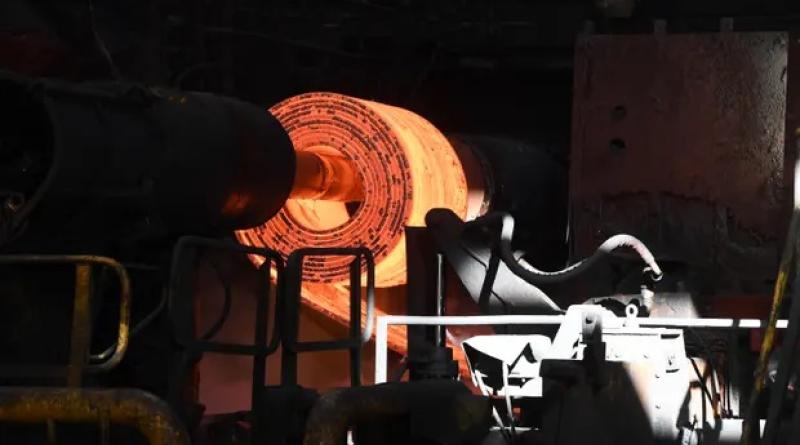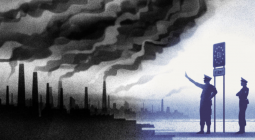Why are we talking about green tariffs?
Cutting carbon places costs on some industries, particularly those that rely heavily on fossil fuels at present, such as steelmaking, or that emit carbon as part of their processes, such as cement and concrete production.
This places governments that have pledged to cut greenhouse gas emissions in a dilemma.
What is the dilemma?
The question they face is how do to bring down carbon dioxide without putting their industries at a competitive disadvantage in the global economy. If one government forces its heavy industry to cut carbon while another does not, companies based in the country with lax regulations will be able to undercut those in the cleaner countries with cheaper products. This may mean firm move to laggard countries to benefit from its lower prices, a process known as carbon leakage.
It can also mean that the cheaper goods sell in larger numbers, emitting more carbon in the process, so there is no overall reduction in carbon going into the atmosphere, while the industries in the cleaner countries suffer without benefit to the climate.
How can this be prevented?
Governments can impose costs or other barriers to imports. These trade regulations are known as carbon border taxes, carbon border adjustment mechanisms (CBAMs) or green tariffs.
These mean that imports of certain products, such as steel, aluminium or chemicals, would be subject to taxes that would raise the price of the imports, creating a level playing field between countries where industries are subject to carbon regulations and those where they are not.
Is there not an easier way?
It would be much simpler to have a global carbon price, which would be levied on all companies per tonne of CO2 produced as a result of their operations.
Discussions on a global carbon price have been going on for at least two decades but without result, and the world no longer has time to wait for a perfect solution. Scientists say we need to halve emissions in the next decade to stay within 1.5C of warming. That means governments must act now, and many see CBAMs as the most effective way.
Who is going to have a CBAM and who will be affected?
The EU made the first moves to a CBAM in the early hours of Tuesday morning, agreeing to place carbon reporting requirements on sectors including iron and steel, cement, fertilisers, aluminium, electricity and hydrogen. If the still provisional deal is passed, a trial phase will begin from next October.
Before the Ukraine war, Russia would have been considered a key target for CBAMs from many countries, including the EU, the UK and the US. But the Ukraine war has meant Russia is now subject to more stringent rules and sanctions based on its aggression, so CBAMs (for now at least) are less relevant in that context.
In general, the countries most likely to face green tariffs are those with big fossil fuel consumption and large export-focused heavy industries, such as China, Australia, Turkey, and India. It’s possible those countries could retaliate with tariffs of their own, sparking a trade war; or they could complain to the World Trade Organisation, where the proposals might become mired in years of legal wrangling.
All of this sounds very theoretical, what will be the impact on me?
Governments hope that most people will feel little impact. CBAMs are likely to affect only a small number of products, and any price increases that result are likely to be absorbed by the companies as far as possible rather than passed on to consumers. Central banks are hoping that current high rates of inflation will ease next year, giving more scope to use CBAMs without price-raising impacts.
The danger is that if a trade war erupts, a wide range of products could be caught up in it, which could lead to shortages for consumers or price rises in the shops, but that is still unlikely. On a positive note, the impacts could be beneficial, if countries and industries become greener as a result.






